Table of Contents
B.B. King Guitar Play Along Vol. 100 – with MP3 audio embedded sheet music pdf with Tablature
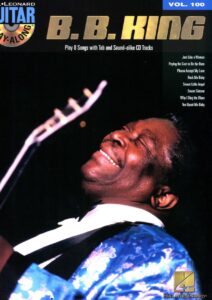
Best Sheet Music download from our Library.

Please, subscribe to our Library.
If you are already a subscriber, please, check our NEW SCORES’ page every month for new sheet music. THANK YOU!
Who was B.B. King?
B. B. King was born into a poor family in the Mississippi Delta on September 16, 1925 near a town called Itta Bena. The son of two land workers, Albert and Nora King, he was baptized Riley by his father’s brother. From that time she got the nickname Bibi (BB) because of the way her father called her younger brother (Baby Brother). Both his mother and grandmother were very religious people, so he regularly attended religious services in his community.
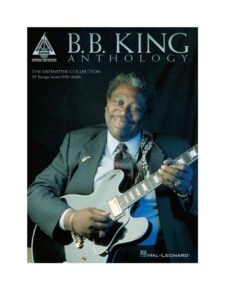
It was at Klimicheal Church where King had his first musical influences. The pastor used to use music to unify his congregation and the sound of his guitar fascinated the young King who learned from the pastor to play the strings of that instrument.
In Klimicheal, he got a job in the home of a white family, which allowed him to save money to buy his first guitar. At the beginning of 1943 he moved to Indianola (Mississippi Delta) where he quickly found work on the Johnson Barret plantation as a picker and tractor driver. In that city he formed his first group made up of five male voices, one was that of his cousin Birkett with whom he had sung in the church choir.

The group was called “The Famous St. John’s Gospel Singers” and King accompanied them on guitar as they sang in nearby churches. Some time later he left for Memphis with his guitar and a few dollars in his pocket. There he looked for his cousin Bukka White, whom he had last seen when the blues musician was visiting his family. Over the next ten months, his cousin schooled him in the art of the blues in private jam sessions. There, King learned everything from holding the guitar to how to make phrases. Thus, he began to earn a living as a musician, playing with other blues players in the area.
In Memphis he went to look for a disk jockey he met in Indianota: Sonny Boy. She convinced him to let her perform a song on his show. Sonny accepted and introduced him to the audience as a new talent… the radio received so many calls that Sonny immediately organized an event at one of the most prestigious venues in the area, Miss Annie’s Salon.
With the room packed, the success was absolute and the owner of the venue told Riley to continue coming to play, but under the condition that it be promoted on the radio. At that time the most important radio station for the black community was WDIA. Riley King went there to ask to be given a space. One of the owners of the station, Bert Ferguson, suggested that he could play whatever he wanted for ten minutes as long as he mentioned a tonic who had just become a sponsor. King’s line for the brand was: “Pepticon, Pepticon, it sure is good, You can get it in your neighborhood.”
The phrase became so popular that King was known as the “Pepticon Boy” and his show was called “Sepia Swing Club.” Now that he was famous, he needed a catchy name and that was when he remembered his uncle’s BB King, only he changed the meaning of the acronym and became “Blues Boy King” which was later shortened to B. B. King.
Now, being known, he could start recording and in 1949 he recorded his first album for Bullet Recording and Transcription Company. The record caught the attention of a larger company called Modern and in 1949, BB King signed a contract that lasted 10 years. In late 1949 he was performing at a small club in Arkansas when a fire started. When he reacted, his guitar was inside and he had to bravely go in and rescue it. Over time he learned that the fire started when a candlestick lamp was thrown to the floor because two men were fighting over a woman named Lucile. Since then, his guitar has been called Lucile.
1951 was ending and King’s seventh single, “Three O’Clock Blues”, a ballad composed by Lowell Fulson, entered Bill Board’s Rhythm and Blues charts very strongly. In January of the following year, the song was already number one on that list and held that position for 15 consecutive weeks. That success allowed him to negotiate a contract with Universal Artists of New York that guaranteed him performances in the best venues in Washington, Baltimore and the famous Apollo theater in Harlem. The appearance of rock and roll made many black musicians such as Little Richard, Fats Domino, James Brown or Chuck Berry become stars, somewhat softening racial barriers.
Perhaps favored by this, in 1969 he had his first appearance on television when Johnny Carson invited him to the “Tonight Show” and two years later, in 1971, he appeared on Ed Sullivan’s program, one of the most watched in the United States. In the late 80s, the group U2 asked BB King to record a song with them for the album “Rattle and Hum”, which gave him the opportunity for his music to be appreciated by a younger audience. For more than sixty years on the road, B. B. King has received nearly 20 Grammys, been inducted into the Rock and Roll Hall of Fame, received the United States Presidential Medal of Arts, and been honored by the Kennedy Center. . In the early 90s he opened his own club in Memphis and in 2000 he opened a bar in New York.
The passing of B. B. King in 2015 shook the hearts and musical memories of all of us on this planet who love black music. With him went one of the great creators and founders of the blues, a musician who created a new language with the electric guitar and who elevated the blues genre to the top, providing this genre with the essential support for everything that came later in the world. popular music of the 20th century.
With B. B. King, he became more than just a musician. Because B. B. King, who died at the age of 89, represented a way of life and musical creation in the United States and an unmatched way of playing live even in the precarious health conditions of recent times. When BB King went on stage something extraordinary always happened and his enormous ability to connect with the audience, his overwhelming strength live and his talent on the guitar were some of his qualities that accompanied him throughout his life.
Live At The Regal – B.B. KING (Full Album 1964)
TrackList
1.Everyday I Have The Blues 2.Sweet Little Angel 3.It’s My Own Fault 4.How Blue Can You Get? 5.Please Love Me 6.You Upset Me Baby 7.Worry, Worry 8.Woke Up This Mornin’ 9.You Done Lost Your Good Thing Now 10.Help The Poor
Personnel
- B.B. King – guitar, vocals
- Leo Lauchie – bass
- Duke Jethro – piano
- Sonny Freeman – drums
- Bobby Forte, Johnny Board – tenor saxophone
- Kenny “Kenneth” Sands – trumpet
- E. Rodney Jones, Pervis Spann – presenters
Technical
- Ron Steele Sr. – recording engineer
- Don Bronstein – cover
Live at the Regal is a 1965 live album by American blues guitarist and singer B.B. King. It was recorded on November 21, 1964, at the Regal Theater in Chicago. The album is widely heralded as one of the greatest blues albums ever recorded and was ranked at number 141 in Rolling Stone’s 2003 edition of the 500 Greatest Albums of All Time list, before dropping to number 299 in a 2020 revision.
In 2005, Live at the Regal was selected for permanent preservation in the National Recording Registry at the Library of Congress in the United States.
Carlos Santana, Eric Clapton, John Mayer and Mark Knopfler are among musicians who have used the album as a primer before performances.
The album was included in Robert Christgau’s “Basic Record Library” of 1950s and 1960s recordings—published in Christgau’s Record Guide: Rock Albums of the Seventies (1981)—and in Robert Dimery’s 1001 Albums You Must Hear Before You Die.
It was voted number 604 in Colin Larkin’s All Time Top 1000 Albums 3rd Edition (2000). In the same book it was number 6 in the Top 50 Blues albums of All-Time.
Live at the Regal was recorded on November 21, 1964, at the Regal Theater in Chicago, a venue King claimed to have played at “hundreds of times before”.
Browse in the Library:
| Artist or Composer / Score name | Cover | List of Contents |
|---|---|---|
| The Truman show – Truman Sleeps – Philip Glass | Truman sleeps | |
| The Trumanshow – Dreaming Of Fiji – Philip Glass | ||
| The Trumanshow – Truman Sleeps – Philip Glass | ||
| The Ultimate Fake Book 2nd Edition for keyboard, vocal, guitar and all C inst. |
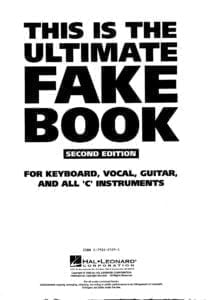 |
The Ultimate Fake Book 2nd Edition for keyboard, vocal, guitar and all C inst |
| The Ultimate Gospel Choir Book Vol4 |
 |
The Ultimate Gospel Choir Book Vol4 |
| The Ultimate Pop Rock Fake Book A-Z (ebook) |
 |
The Ultimate Pop Rock Fake Book A-Z (ebook) |
| The Ultimate Pop Rock Fake Book Joel Withburn |
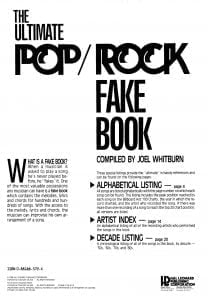 |
The Ultimate Pop Rock Fake Book Joel Withburn |
| The Untouchables – Main Title – Morricone (Musescore File).mscz | ||
| The Used – Smother Me | ||
| The Utimate Broadway Fake Book |
 |
The Utimate Broadway Fake Book – Hal Leonard |
| The Very Best Of John Williams – Dan Coates arr. easy piano |
 |
The Very Best Of John Williams – Dan Coates arr. easy piano |
| The Very Best Pop Songs Of All Time 19 of the best-ever pop songs Piano voica and guitar chords |
 |
The Very Best Pop Songs Of All Time |
| The Village – The Gravel Road – James Newton Howard | ||
| The Visible And Invisible In Pianoforte Technique (By Tobias Matthay) (1947) |
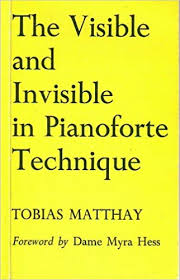 |
|
| The way we were – Barbara Streisand | The way we were – Barbara Streisand | |
| The Way We Were – Piano And Vocal (Musescore File).mscz | ||
| The Way We Were – Piano and vocal Barbra Streisand | The Way We Were – Piano and vocal | |
| The Way We Were (Lead sheet with Guitar chrods and lyrics ) |
 |
|
| The Way We Were (Lead Sheet With Lyrics ) (Musescore File).mscz | ||
| The Way We Were (Musescore File).mscz | ||
| The Wedding Night (Frankenstein OST) Patrick Doyle | ||
| THE WHO – The Who Anthology |
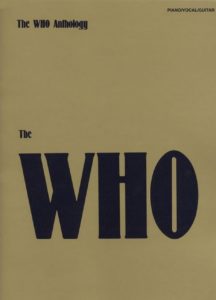 |
The Who Anthology Contents |
| The Who – Guitar Play Along Volume 108 WITH mp3 audio tracks with Tablature |
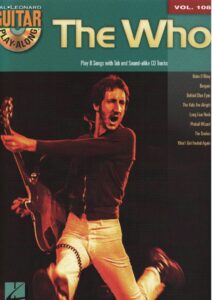 |
Guitar Play-Along Volume 108 – The Who |
| The Who – Tommy (Piano-Vocal-Guitar) |
 |
The Who – Tommy |
| The Who Rockscore |
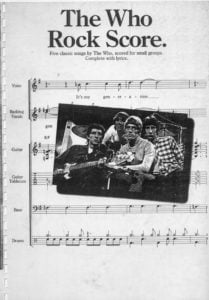 |
|
| The Who The Acoustic Guitar Collection Guitar Songbook TABs |
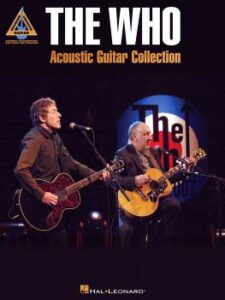 |
The Who The Acoustic Guitar Collection Guitar Songbook TABs contents |
| The Who The Definitive Collection Volume A E Guitar TABs Songbook |
 |
The Who The Definitive Collection Volume A E Guitar TABs Songbook |
| The winner takes it all (Abba) | ||
| The Wizard of Oz – (Harold Arlen) Vocal & piano score |
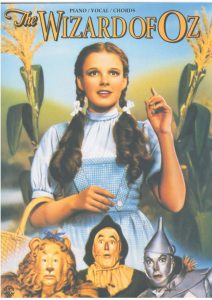 |
The Wizard of Oz – (Harold Arlen) -vocal.piano.score |
| The Wizard Of Oz The Musical by Andrew lloyd Webber |
 |
The Wizard Of Oz Musical Webber |
| The Wonder of Life (Afterwards OST) Alexandre Desplat | ||
| The Wonders – That Thing You Do | ||
| The Words And Music Of Frank Zappa By Kelly Fisher Lowe (Book) |
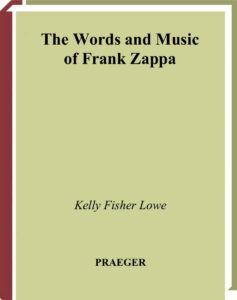 |
|
| The World Hits Of Oldies (Jazz Fake book) |
 |
|
| The World’s best music (Famous Compositions for Piano Vol. 1) 1904 | The world’s best music | |
| The World’s best music V Famous compositions for the piano |
 |
The World’s best music V Famous compositions for the piano |
| The World’s Greatest Fake Book |
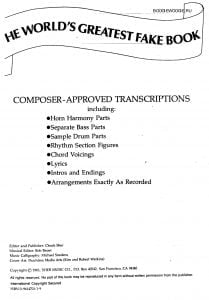 |
Greatest Fake Book |
| The Worlds best music I Famous compositions for the piano |
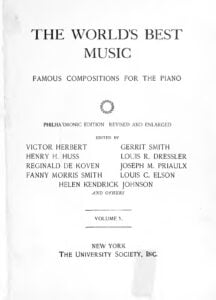 |
The Worlds best music I Famous compositions for the piano |
| The Yellow Rose Of Texas – Traditional (Musescore File).mscz | ||
| The Young Pianist’s Anthology Of Modern Music (1972) |
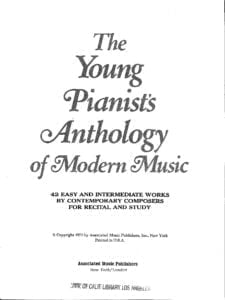 |
The Young Pianist’s Anthology Of Modern Music (1972) |
| The Zombies Songbook |
 |
|
| Thegogos – Head Over Heels | ||
| Thelonious Monk Compositions (as recorded by himself) | Thelonious Monk’s Compositions Fake Book – (Jazz) | |
| Thelonious Monk Blue Sphere |
 |
|
| Thelonious Monk easy piano solos Jazz |
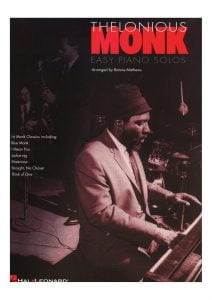 |
Thelonious Monk easy piano |
| Thelonious Monk – Japanese Folk song (Kojo No Tsuki) (sheet music transcription) |
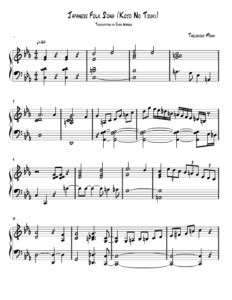 |
|
| Thelonious Monk – Jazz Masters |
 |
Thelonious Monk – Jazz Masters |
| Thelonious Monk – Originals and standards |
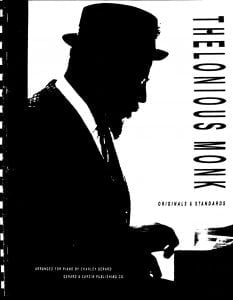 |
Thelonius Monk originals |
| Thelonious Monk – The Man I Love (solo) Gershwin |
 |
|
| Thelonious Monk & Cootie Williams – ‘Round Midnight | Thelonious Monk & Cootie Williams – ’round Midnight | |
| Thelonious Monk Collection | Thelonius Monk Collection | |
| Thelonious Monk Collection 12 Note For Note Solo Piano Transcriptions Artist Piano Transcriptions |
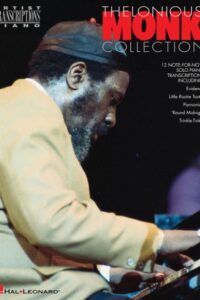 |
Thelonious Monk Collection 12 Note For Note Solo Piano Transcriptions Artist Piano Transcriptions |
| Thelonious Monk Compositions (as recorded by himself) | Thelonious Monk’s Compositions Fake Book – (Jazz) | |
| Thelonious Monk Fake Book | Thelonious Monk Fake Book | |
| Thelonious Monk Fake Book C Edition |
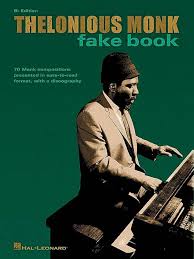 |
Thelonious Monk Fake Book C Edition |
| Thelonious Monk For Guitar with TABs |
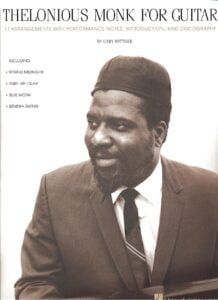 |
Thelonious Monk For Guitar |
| Thelonious Monk Intermediate Piano Solos Arranged By Ronnie Mathews 14 Arrangements |
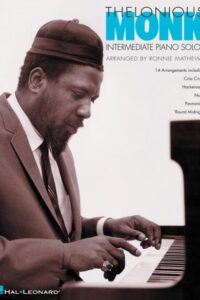 |
Thelonious Monk Intermediate Piano Solos Arranged By Ronnie Mathews 14 Arrangements |
| Thelonious Monk Jazz Piano Collection |
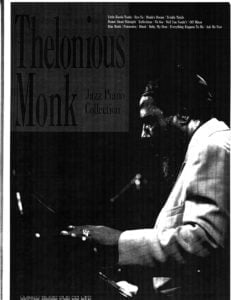 |
Thelonious Monk Jazz Piano Collection |
| Thelonious Monk Jazz Piano Solos Series Volume 49 |
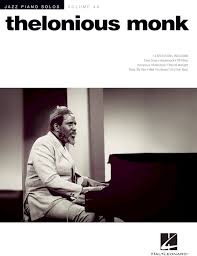 |
Thelonious Monk Jazz Piano Solos Series Volume 49 |
| Thelonious Monk Omnibook for piano Transcribed exactly from his recorded solos |
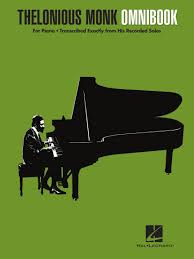 |
Thelonious Monk Omnibook for piano Transcribed exactly from his recorded solos |
| Thelonious Monk Plays Standards – Volume 1 Artist Transcriptions Piano 12 transcriptions |
 |
Thelonious Monk Plays Standards – Volume 1 Artist Transcriptions Piano 12 transcriptions |
| Thelonious Monk Plays Standards – Volume 2 Artist Transcriptions Piano 12 transcriptions |
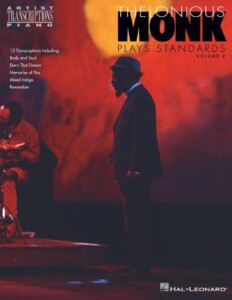 |
Thelonious Monk Plays Standards – Volume 2 Artist Transcriptions Piano 12 transcriptions |
| Thelonious Monk Quartet featuring John Coltrane at Carnegie Hall (Book) |
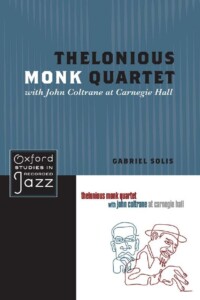 |
|
| Thelonious Monk Revealing Instincts Of The Genius Of Jazz Piano Originals |
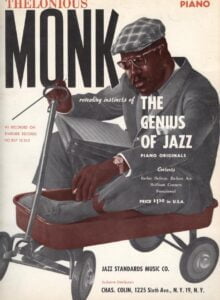 |
Thelonious Monk The Genius Of Jazz |
| Thelonious Monk Round Midnight Jazz Standard arr. Carsten Gerlitz |
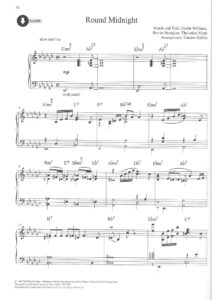 |
|
| Thelonious Monk Solo Transcriptions |
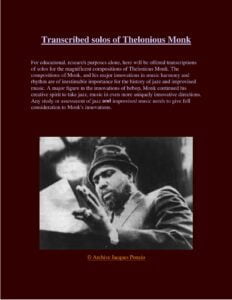 |
Thelonious Monk Solo Transcriptions |
| Thelonious Monk Tea For Two (piano solo transcription sheet music, partition) | Thelonious Monk Tea For Two (piano solo transcription sheet music, partition) | |
| Thelonius Monk – Monk’s Music and Jazz History in the making (Book) |
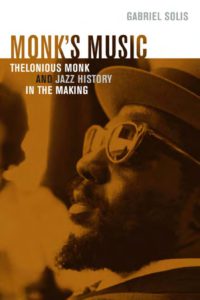 |
|
| Thelonius Monk – Thelonious transcription | Thelonius Monk – Thelonious transcription | |
| Theme de Charles (Un homme et son chien OST) Philippe Rombi | ||
| Thème de Jeanne – Le Diable par la Queue OST (Georges Delerue) | ||
| Thème de Jeanne – Le Diable par la Queue OST (Georges Delerue) trio version | ||
| Theme de Suzanne – Potiche OST (Philippe Rombi) | ||
| Theme from the Mermaid Chair (Secret Garden) | ||
| Theme From The Simpsons Jazz Play Along (Musescore File).mscz | ||
| Theodore Shapiro Diary Of A Wimpy Kid – Main Titles |
 |
|
| Theodore Shapiro Louder Than Thunder The Devil Wears Prada Theme Piano Solo Arr. |
 |
|
| Theodore Shapiro Severance Main Theme |
 |
|
| Theodore Shapiro Suite from The Devil Wears Prada Theme Piano Solo |
 |
|
| Theory Essentials An Integrated Approach To Harmony, Ear Training, And Keyboard Skills (Connie E. Mayfield) Book |
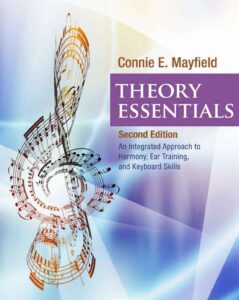 |
|
| Theory of Harmony – Arnold Schoenberg | Book Theory | |
| These Foolish Things Sheet Music Ella Fitzgerald |
 |
|
| Thinking In Jazz The Infinite Art of Improvisation Berliner, Paul (Book) 1994 |
 |
|
| This Is Halloween Easy Piano |
 |
|
| This Is Us Songbook Selections From The Television Series Soundtrack |
 |
|
| This Land Is Your Land (Guitar Chords) (Musescore File).mscz | ||
| This Land Is Your Land (Musescore File).mscz | ||
| This Little Light of Mine (African-American Spiritual) from The Best Children’s Songs Ever (Easy Piano) | This Little Light of Mine (African-American Spiritual) from The Best Children’s Songs Ever (Easy Piano) | |
| This Little Light of Mine (African-American Spiritual) from The Best Children’s Songs Ever (Easy Piano) Musescore file.mscz | ||
| Thomas Attwood Allegro First Movement From Sonatina No. 1 In G (Trinity Grade 2 Piano) |
 |
|
| Thomas Attwood – Allegro – First Movement from Sonatina No. 1 in G (Trinity Grade 2 Piano).mscz | ||
| Thomas Johnson READ AND PLAY New Series Grades II, III and IV Piano |
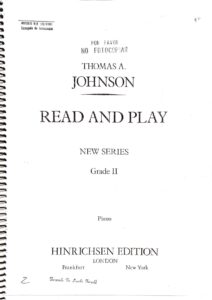 |
|
| Thomas Newman – Any Other Name (American Beauty Theme) | Thomas-Newman-Any-Other-Name-American-Beauty 1st page | |
| Thomas Newman – Road To Perdition – Road To Chicago |
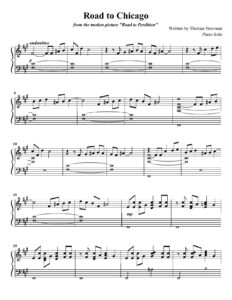 |
|
| Thomas Newman – Road To Perdition (Piano Solo) |
 |
|
| Thomas Newman – Road To Perdition Theme – Guitar Tabs |
 |
|
| Thomas Newman – The Horse Whisperer – Montana | Thomas Newman – The Horse Whisperer – Montana | |
| Thomas Newman – The Horsewisperer – The Vast Continent |
 |
|
| Thomas Newman – The Horsewisperer – Voice Of God | Thomas Newman – The Horsewisperer – Voice Of God | |
| Thomas Newman – The Shawshank Redemption – Stoic Theme |
 |
|
| Thomas Newman Forbidden Love (Meet Joe Black) | ||
| Those Were The Days (Musescore File).mscz | ||
| Those Were The Days Russian Traditional Jazzy Version | Those Were The Days Russian Traditional Jazzy Version | |
| Three Coins In The Fountain 1954 by Jule Styne and Sammy Cahn |
 |
|
| Three Days Grace – Never Too Late | ||
| Tidus And Yuna’s Theme (Musescore File).mscz | ||
| Tifa’s Theme (Final Fantasy VII Piano Collections) |
 |
|
| Tifa’s Theme Final Fantasy Vii Piano Collections (Musescore File).mscz | ||
| Tim Burton Corpse Bride Songbook |
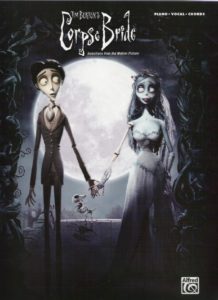 |
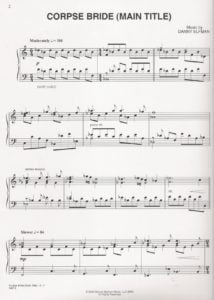 |
| Tim Minchin – Miracle (Matilda the Musical) | Tim Minchin – Miracle (Matilda the Musical) | |
| Tim Minchin – Prejudice (Musical Comedy) Piano Sheet Music | Tim Minchin – Prejudice (Musical Comedy) Piano Sheet Music | |
| Tim Richards Improvising blues piano (PDF + MP3 audio tracks) |
 |
Improvising Blues Piano (with audio Mp3) |
| Tim Richards – Exploring Jazz Piano Vol. 1 (with MP3 audio tracks) |
 |
Tim Richards Exploring Jazz Piano 1 |
| Tim Richards – Exploring Jazz Piano Vol. 2 (with MP3 audio tracks) |
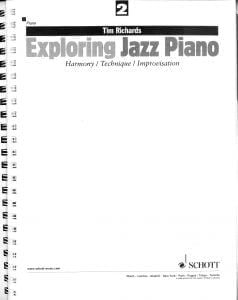 |
Exploring jazz piano 2 |
| Tim Richards – Exploring Latin Piano (with audio MP3) |
 |
Tim Richards – Exploring Latin Piano |
| Tim Smith Cardiacs All Spectacular Piano Solo |
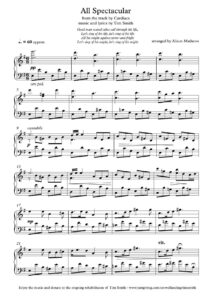 |
|
| Tim Smith Cardiacs Savour Piano Solo |
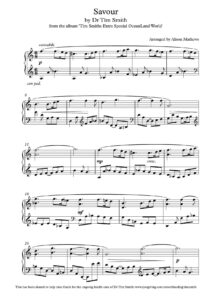 |
|
| Timbaland – Way I Are | ||
| Time (Inception) – Hans Zimmer – Solo Piano (Musescore File).mscz | ||
| Time is like a dream (Interlude OST) Georges Delerue |
